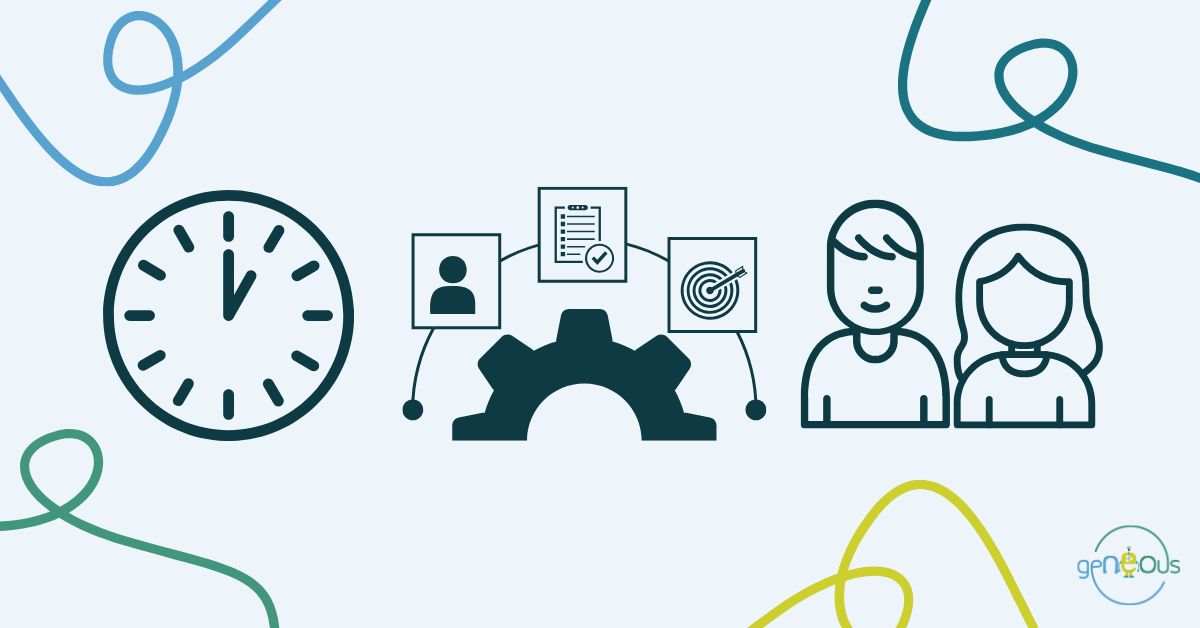Student Journey and Enrolment Strategies for Agents (SJESA) – in partnership with ICEF Academy.
Enroll Now!


Today’s students don’t just live in a digital world, they grew up in it. They are the first generation to speak fluently with technology, to expect instant answers, seamless personalization, and meaningful dialogue from every interaction. They’re not learning to adapt to AI, AI has already adapted to them. And that changes everything.
For institutions and education agents, this means reimagining how relationships begin, evolve, and sustain themselves. It means adapting processes to listen, anticipate, and respond with the same agility and empathy that define the best human interactions.
AI-enhanced CRMs and conversational AI tools have lately become the quiet catalysts of that change, not to replace people, but to help them keep up with a generation that doesn’t wait.
A decade ago, most CRMs were glorified databases: structured, necessary, but silent. Every name and email waited for a person to act. Now, with AI at their core, these systems can speak. They hold conversations, interpret tone, and learn patterns. Some come with native AI layers that personalize communication automatically, others integrate independent conversational tools that connect through APIs.
Either way, institutions embracing this shift are witnessing a profound transformation, moving away from asking students to read emails and download brochures they rarely open, toward delivering a responsive presence: a voice that knows their name, remembers their interests, and speaks their language.
Across time zones and continents, questions arrive at all hours. A DM arrives on Instagram from Nairobi, a WhatsApp message pings from São Paulo, a call enters from Bangkok. Each comes from someone searching for clarity: a student wondering about scholarships, a parent asking about housing, a transfer applicant hoping their credits will count. None of them expect to wait for office hours or a reply the next day. And they don’t have to.
AI-driven institutions don’t simply respond, they converse: naturally, instantly, intelligently. In these seamless exchanges, they do more than provide answers, they meet a Generation Z and Alpha on their own terms, ones that value interaction over instruction.
.jpg)
AI-native students expect fluidity. They move effortlessly between text and voice, between chatbots and humans, between browsing and committing. They don’t separate “digital” from “personal”. To them, one should feel like an extension of the other. This is where conversational AI becomes not just a support tool, but a bridge.
At the top of the journey, it engages curiosity. It answers questions, captures leads, and helps admissions teams see which prospects are ready to take the next step. It filters with sensitivity, recognizing intent without losing warmth.
In the middle, it becomes a guide, helping students complete applications, explore funding, or clarify visa processes. It can handle scholarship requests or direct students toward financial aid officers, ensuring that human time is reserved for complex cases or emotional conversations.
And toward decision, AI nurtures commitment. It sends reminders, celebrates milestones, and keeps the dialogue alive when human attention is stretched thin.
The goal isn’t to automate connection, but to keep connection available, wherever and whenever it’s needed.
For Gen Alpha, as the AI-native generation, this isn’t innovation, it’s baseline expectation. They’ve grown up with recommendation engines that anticipate their preferences, with chat assistants that respond in seconds, with apps that remember their progress across devices.
When they approach an institution or an agent, they’re not comparing one school to another, they’re comparing experiences. The responsiveness, personalization, and tone they encounter become part of their decision-making journey.
Institutions that understand this are already shifting from managing inquiries to curating experiences. They’re building ecosystems of dialogue: intelligent, adaptable, and human at their core.
Because in the end, what matters most isn’t the technology itself, but the relationship it enables.
.jpg)
For marketing and admissions professionals, the real promise of AI isn’t efficiency for its own sake. It’s capacity with purpose.
When AI takes care of the repetitive (the form follow-ups, the time-zone juggling, the same five questions asked a thousand times), it gives people back the one thing they truly need: time.
Time for empathy. Time for creativity. Time for strategy.
It means fewer transactional calls, and more meaningful ones. It means time can be spent understanding motivation instead of managing logistics.
AI doesn’t replace the human role in recruitment, it protects it. It gives teams the freedom to be fully human again, precisely because machines can now handle what used to drain their energy.
The future of student recruitment will belong to those who see AI not as automation, but as amplification of presence, of understanding, of care.
For institutions serving globally connected, AI-native learners, the conversation must evolve. Not toward more technology, but toward better use of it.
Because for younger generations, engagement isn’t measured in clicks or conversions. It’s measured in how seen, heard, and supported they feel, from first inquiry to arrival, and beyond.
And in that sense, AI doesn’t just make education smarter. It makes it more human.